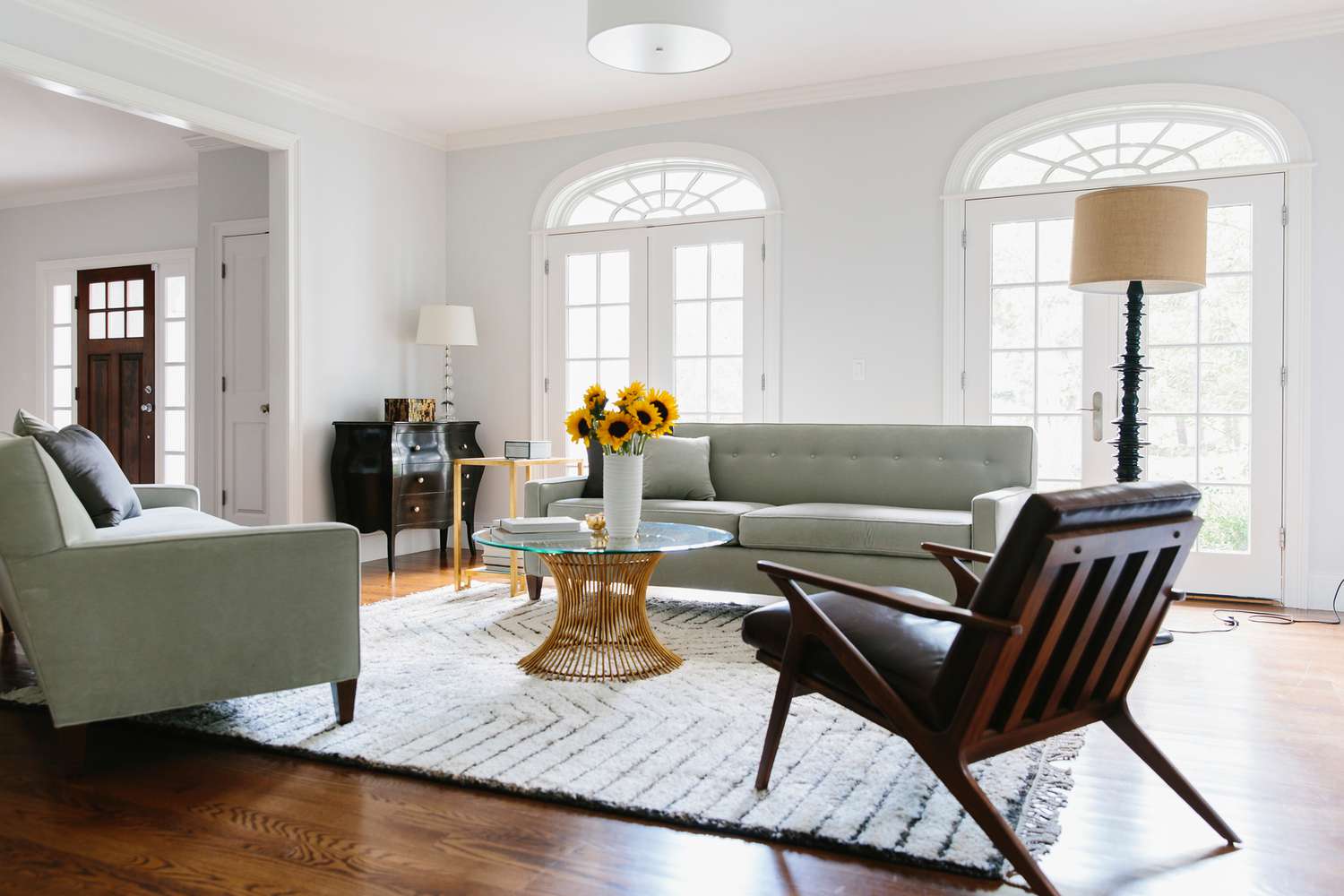

Articles
How To Furnish Large Living Room
Modified: December 7, 2023
Discover articles and tips on how to effectively furnish a large living room. Maximize space and create a stylish, functional area that suits your taste and needs.
(Many of the links in this article redirect to a specific reviewed product. Your purchase of these products through affiliate links helps to generate commission for Storables.com, at no extra cost. Learn more)
Introduction
Welcome to the world of spacious living rooms – where the possibilities are endless and the design opportunities are abundant. Furnishing a large living room can be an exciting yet challenging task. With so much space to fill, it is important to create a harmonious balance between functionality and aesthetics.
Whether you’ve recently moved into a new home with a generously sized living room or you’re looking to revamp your existing space, this article is here to guide you through the process. We will explore different strategies and tips to help you furnish your large living room in a way that maximizes its potential and transforms it into a warm and inviting space for you and your loved ones to enjoy.
Before diving in, it’s important to remember that every living room is unique, and what works for one space may not necessarily work for another. The key is to understand your personal style, assess the functionality you require, and consider any specific needs or preferences you may have.
So, let’s embark on this creative journey as we delve into the art of furnishing a large living room!
Assessing the space
The first step in furnishing a large living room is to carefully assess the space at hand. This involves taking measurements and noting any architectural features or constraints that may impact the furniture placement.
Start by measuring the dimensions of the room, including the length, width, and height. It’s also important to measure the size and placement of windows, doors, and any alcoves or recessed areas. These measurements will serve as a basis for selecting appropriately sized furniture pieces and determining an optimal layout.
Next, consider the overall layout of the room. Take note of any architectural elements such as columns, beams, or fireplaces that can either enhance or pose challenges to the furniture arrangement.
Additionally, think about the natural lighting in the room. Is there ample sunlight during the day or does the room tend to be on the darker side? This will help you determine the type and placement of lighting fixtures to enhance the overall ambiance.
Lastly, assess the traffic flow within the room. Visualize how you and your guests will move around the space and make sure there is enough room to navigate comfortably without any obstructions.
By taking these factors into consideration, you’ll have a better understanding of the space you’re working with and can move on to the next step of selecting the right furniture pieces.
Choosing the right furniture
Once you’ve assessed the space, it’s time to choose the right furniture for your large living room. The key here is to strike a balance between functionality and aesthetics.
Start by considering the focal point of the room. This could be a fireplace, a large window with a beautiful view, or even a stylish entertainment center. Arrange your furniture around this focal point to create a cohesive and visually appealing layout.
When it comes to seating, opt for larger-scale furniture pieces such as a spacious sofa, a sectional, or even a combination of multiple seating options. This will help to fill the space and create a cozy and inviting atmosphere. Don’t be afraid to incorporate accent chairs or oversized ottomans to add extra seating and visual interest.
For the entertainment area, consider a media console or a TV stand that can accommodate your television and other media devices while also providing storage space for DVDs, game consoles, and other accessories.
Mixing in some occasional furniture, such as a coffee table, side tables, and a console table, will help to anchor the seating areas and provide surfaces for displaying decor or placing drinks and snacks.
In terms of style, choose furniture pieces that reflect your personal taste and complement the overall aesthetic of the room. Whether you prefer a modern, contemporary look or a more traditional, timeless design, make sure the furniture pieces you select align with your desired theme.
Remember, it’s important to consider the comfort and functionality of the furniture as well. Opt for durable materials and high-quality construction that will withstand the test of time and provide long-lasting comfort.
By carefully selecting the right furniture pieces, you can create a cohesive and visually appealing living room that is both functional and comfortable.
Creating functional zones
One of the advantages of having a large living room is the opportunity to create functional zones that cater to different activities and needs. By dividing the space into distinct areas, you can maximize the functionality and usability of the room.
Start by identifying the different activities you envision taking place in the living room. This could include a seating and conversation area, a reading nook, a workspace, a game or play area, or even a small dining area. Once you have a clear idea of the zones you want to create, you can begin to plan the layout accordingly.
Consider using rugs or furniture placement to demarcate the different zones within the room. Use a large area rug to anchor the seating and conversation area, or use a smaller rug to define a reading nook or workspace. This will help visually separate the different zones and create a sense of purpose for each area.
When arranging furniture for each zone, ensure there is enough space for easy movement and accessibility. Avoid overcrowding and aim for a balanced and open layout. This will not only enhance the functionality of the room but also contribute to a visually appealing overall design.
Integrate storage solutions into each functional zone to keep the space organized and clutter-free. Incorporate bookshelves, storage ottomans, or built-in cabinets to store books, games, toys, or work materials. This will not only provide practical storage but also help to define the purpose of each zone.
Lastly, don’t forget about lighting. Incorporate different types of lighting in each functional zone to create the desired ambiance and enhance the functionality of the space. Use task lighting for reading or working areas, ambient lighting for the seating and conversation area, and accent lighting to highlight artwork or decor pieces.
By creating functional zones within your large living room, you can optimize the space and cater to multiple activities and needs, ultimately transforming it into a versatile and multi-functional living area.
Arranging furniture layout
Once you have chosen the right furniture and identified the functional zones within your large living room, it’s time to consider the arrangement of the furniture. The layout of your furniture will greatly impact the flow and overall aesthetic of the space.
Start by focusing on the focal point of the room. Arrange your seating around this focal point in a way that encourages conversation and creates a visually pleasing arrangement. For example, if your room has a fireplace, position your sofa and chairs facing the fireplace to create an inviting and cozy seating area.
If you have multiple functional zones, ensure that each area is cohesive and flows seamlessly with the rest of the room. Consider using furniture placement to define and separate the different zones, while still maintaining an open and spacious feel.
Take into account the scale and proportion of the furniture pieces when arranging them. Avoid placing furniture too close together or too far apart, as this can disrupt the flow of the room. Aim for a balanced and harmonious arrangement that allows for comfortable seating and effortless movement.
When arranging furniture, keep in mind the traffic flow within the room. Ensure there is enough space to navigate between the different zones and that furniture placement doesn’t obstruct any pathways. This will contribute to a more functional and user-friendly layout.
Don’t be afraid to experiment with different furniture arrangements and configurations. Rearranging furniture can often bring new life to a room and help you discover the optimal layout. It’s all about finding a balance between functionality, visual appeal, and personal preference.
As you arrange your furniture, also consider the placement of accessories and decor items. Use artwork, mirrors, and decorative accents to enhance the overall aesthetic and create focal points within the room.
Remember, the key is to design a furniture layout that suits your personal style, maximizes the functionality of the space, and facilitates comfortable and enjoyable living.
Incorporating ample storage
In a large living room, having ample storage is essential to keep the space organized and clutter-free. Fortunately, there are various ways to incorporate storage solutions that seamlessly integrate with the design of the room.
Start by utilizing built-in storage options. This could include built-in bookshelves, cabinets, or entertainment centers. Built-in storage not only maximizes space utilization but also adds a sophisticated and polished look to the room. Consider designing custom-built shelves or cabinets that blend seamlessly with the overall aesthetic of the living room.
Another option is to invest in multi-functional furniture pieces that offer hidden storage compartments. Look for coffee tables, ottomans, or media consoles that come with built-in drawers or shelves. These pieces not only provide storage space but also serve as functional and stylish elements in the room.
For larger items such as board games, blankets, or extra throw pillows, consider using storage ottomans or trunks. These can act as a dual-purpose seating option while providing ample storage space for items that are not in use. Place them strategically around the room to add a touch of style and convenience.
Don’t forget about wall-mounted storage solutions. Install floating shelves or wall units to showcase decorative items while offering storage space for books, DVDs, or collectibles. This not only adds visual interest but also frees up valuable floor space.
If you have an unused corner in your living room, consider transforming it into a functional corner storage unit. Install tall shelves or display cabinets to showcase items and provide storage for items that are not frequently used. This will help optimize space and add a unique element to the room’s design.
Lastly, use decorative baskets or bins to corral and organize smaller items such as remote controls, magazines, or children’s toys. Place the baskets on open shelves or underneath a console table for easy access and a tidy appearance.
By incorporating ample storage solutions, you can keep your large living room clutter-free while maintaining a stylish and organized aesthetic.
Accessorizing and styling
Accessorizing and styling your large living room is the final step in creating a cohesive and inviting space. It’s the opportunity to infuse your personal style and add the finishing touches that bring the room to life.
Start by selecting a color palette that complements the overall design and ambiance you want to achieve. Choose a combination of colors that evoke the mood you desire, whether it’s calm and serene, vibrant and energetic, or sophisticated and elegant. Use this color palette as a guide when selecting accessories such as throw pillows, curtains, rugs, and artwork.
When it comes to choosing decorative accents, aim for a balance of scale, texture, and visual interest. Mix and match different textures and materials, such as velvet, wool, metallics, and natural fibers, to create depth and visual appeal. Incorporate a variety of sizes and shapes, from larger statement pieces to smaller decorative objects, to add dimension to the room.
Consider using artwork as a focal point to anchor and elevate the design of your living room. Select pieces that resonate with your personal taste and create a visual impact. Hang artwork at eye level and vary the size and style to create an art gallery-like display.
Incorporate plants and greenery to bring life and freshness into the space. Choose a mix of large floor plants, smaller potted plants, and hanging plants to add visual interest and improve air quality. Plants not only enhance the aesthetic of the room but also contribute to a calming and relaxed ambiance.
Lighting plays a crucial role in creating the right atmosphere in your living room. Experiment with different lighting sources, such as table lamps, floor lamps, and wall sconces, to achieve a layered and balanced lighting scheme. Consider installing dimmers to adjust the level of light and create different moods as needed.
Lastly, don’t forget about personalizing the space with meaningful and sentimental items. Display family photos, travel souvenirs, or treasured keepsakes that tell a story and add a personal touch to the room.
By accessorizing and styling your large living room, you can create a visually appealing and personalized space that reflects your unique style and invites comfort and relaxation.
Conclusion
Furnishing a large living room can be both exciting and challenging. With careful planning, creativity, and attention to detail, you can transform your large living room into a functional and visually stunning space.
Start by assessing the space and understanding its dimensions, architectural elements, and natural lighting. This will help you make informed decisions when choosing furniture and planning the layout.
Choose the right furniture pieces that align with your personal style and provide both comfort and functionality. Consider creating functional zones within the room to cater to different activities and needs.
Arranging the furniture layout in a way that maximizes flow and enhances the room’s focal point is crucial. Experiment with different configurations until you find a layout that works best for your space.
Incorporate ample storage solutions to keep your living room organized and clutter-free. Utilize built-in storage, multi-functional furniture, and decorative storage options to optimize space utilization.
Accessorizing and styling is the final step to create a cohesive and inviting living room. Select a color palette, mix textures and materials, incorporate artwork and greenery, and pay attention to lighting to enhance the overall aesthetic.
Remember, your large living room is a blank canvas waiting to be transformed into a reflection of your personal style and a space that brings joy and comfort to you and your loved ones.
So, what are you waiting for? Let your creativity soar and embark on creating the living room of your dreams!
Frequently Asked Questions about How To Furnish Large Living Room
Was this page helpful?
At Storables.com, we guarantee accurate and reliable information. Our content, validated by Expert Board Contributors, is crafted following stringent Editorial Policies. We're committed to providing you with well-researched, expert-backed insights for all your informational needs.
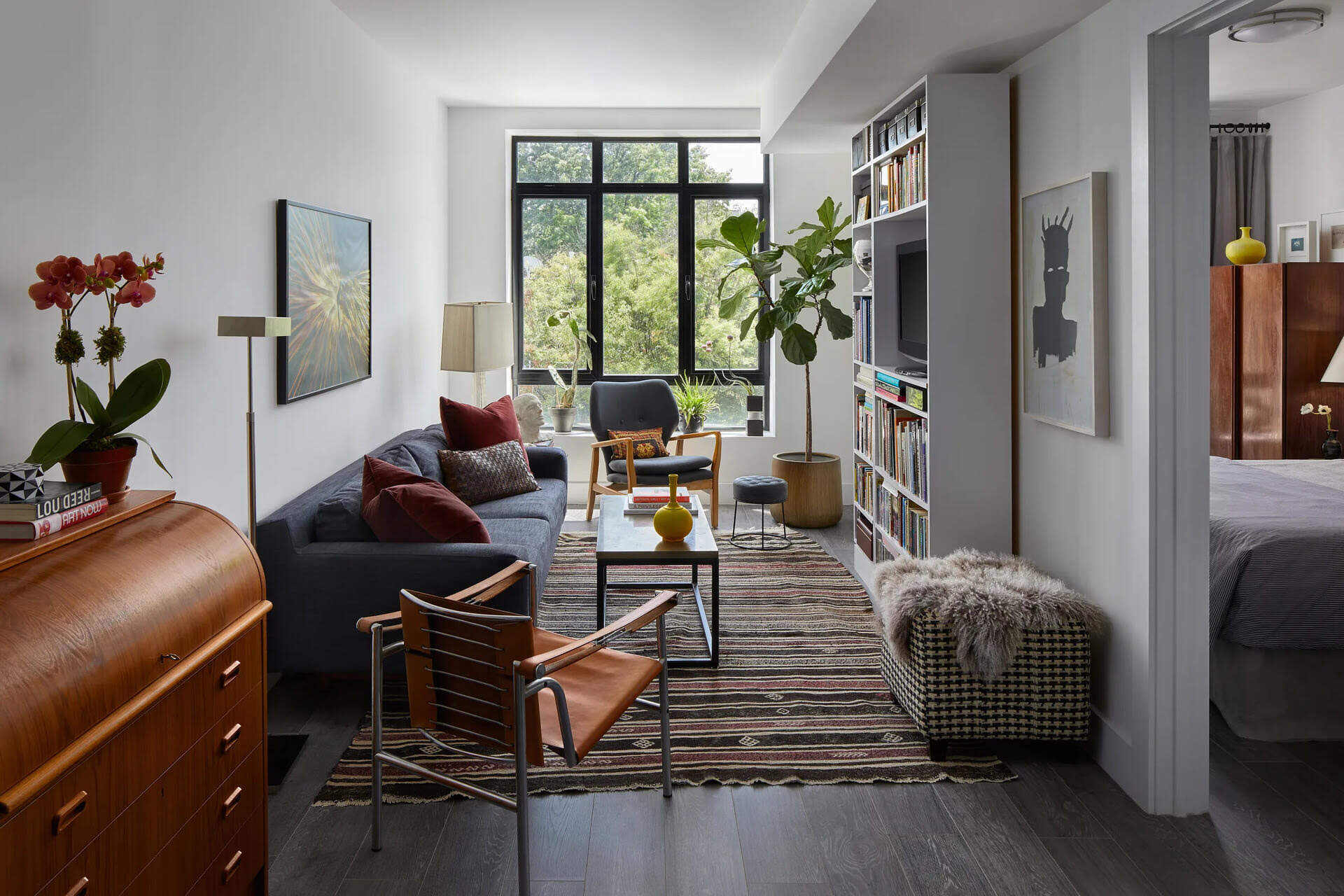
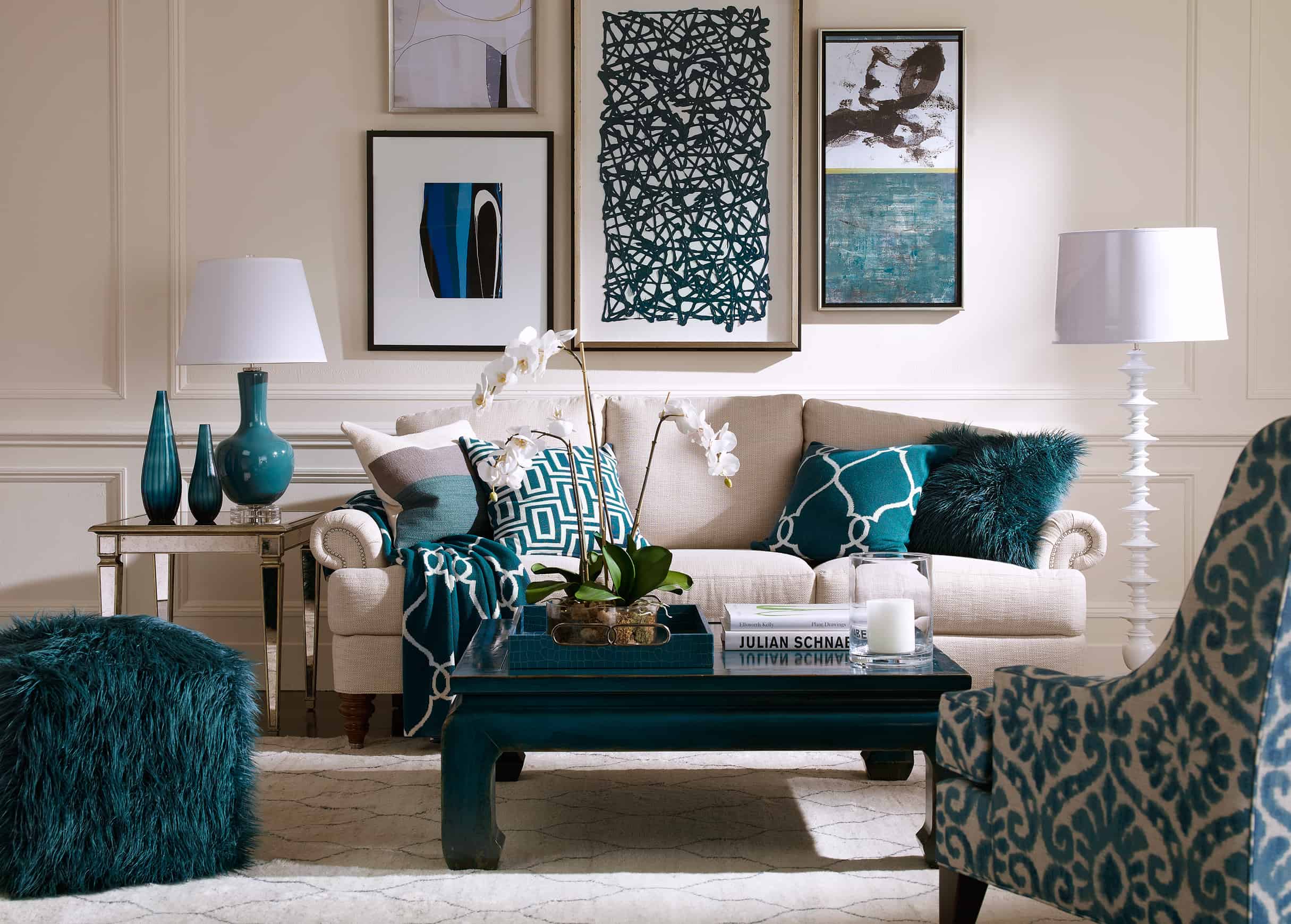
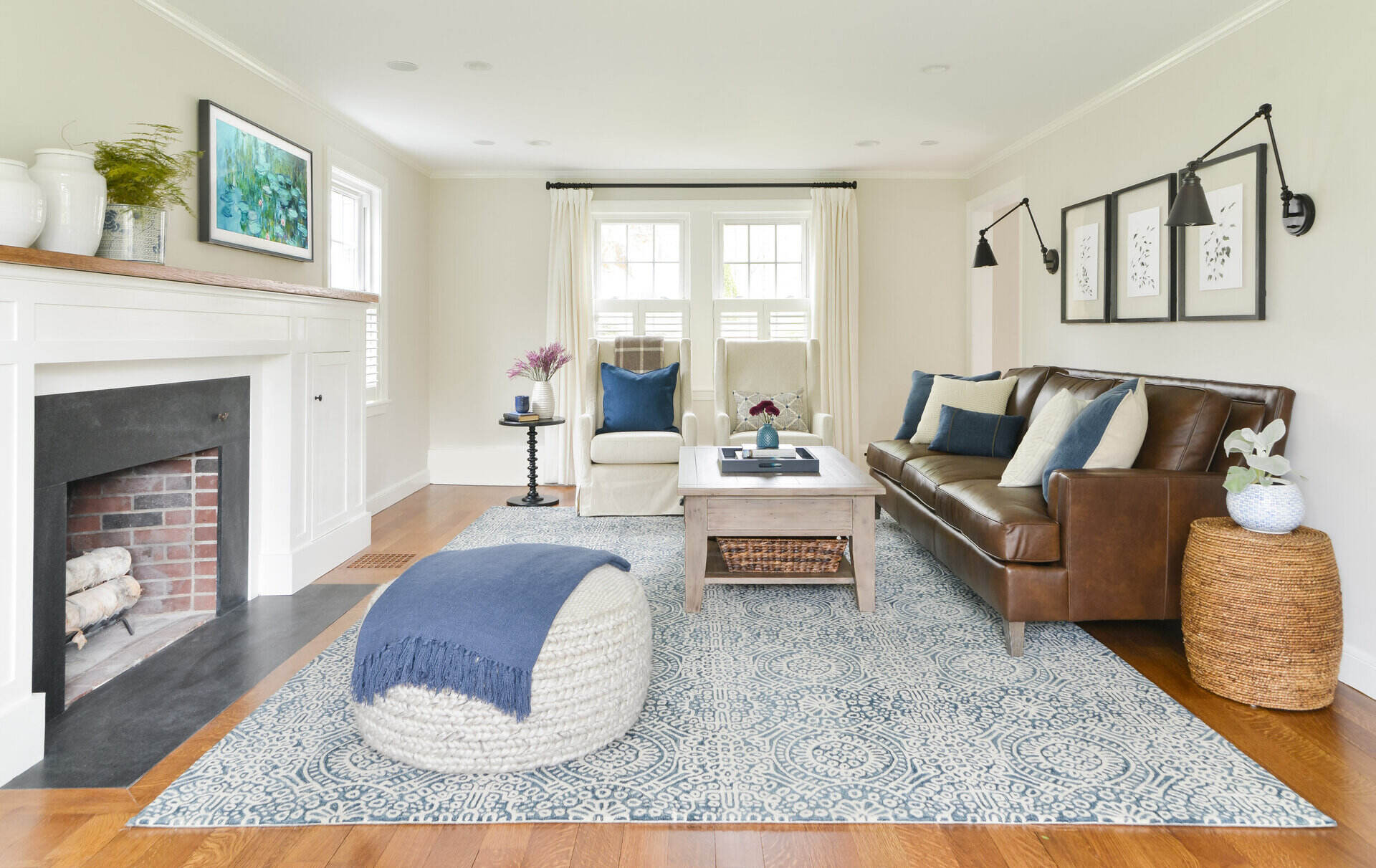
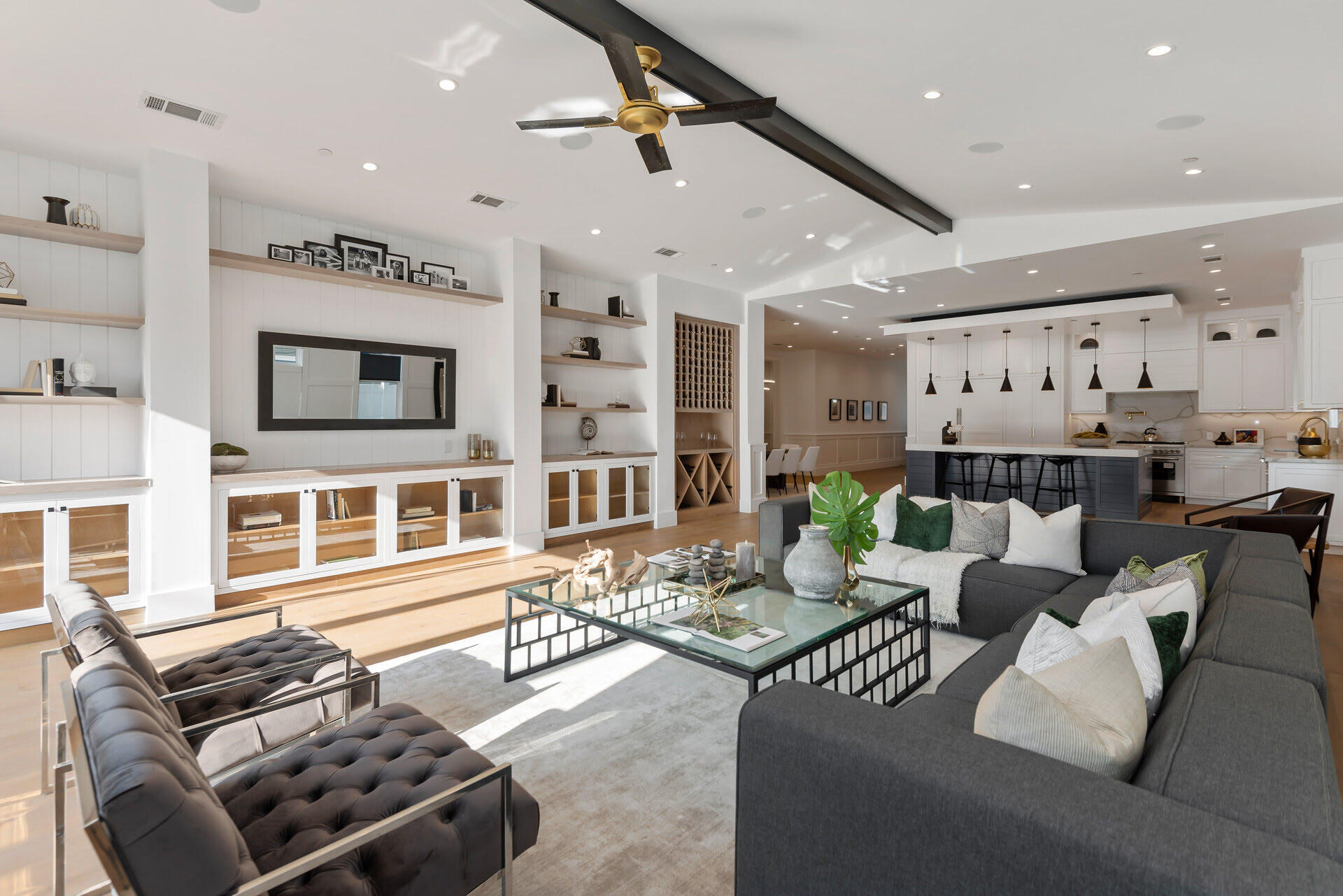
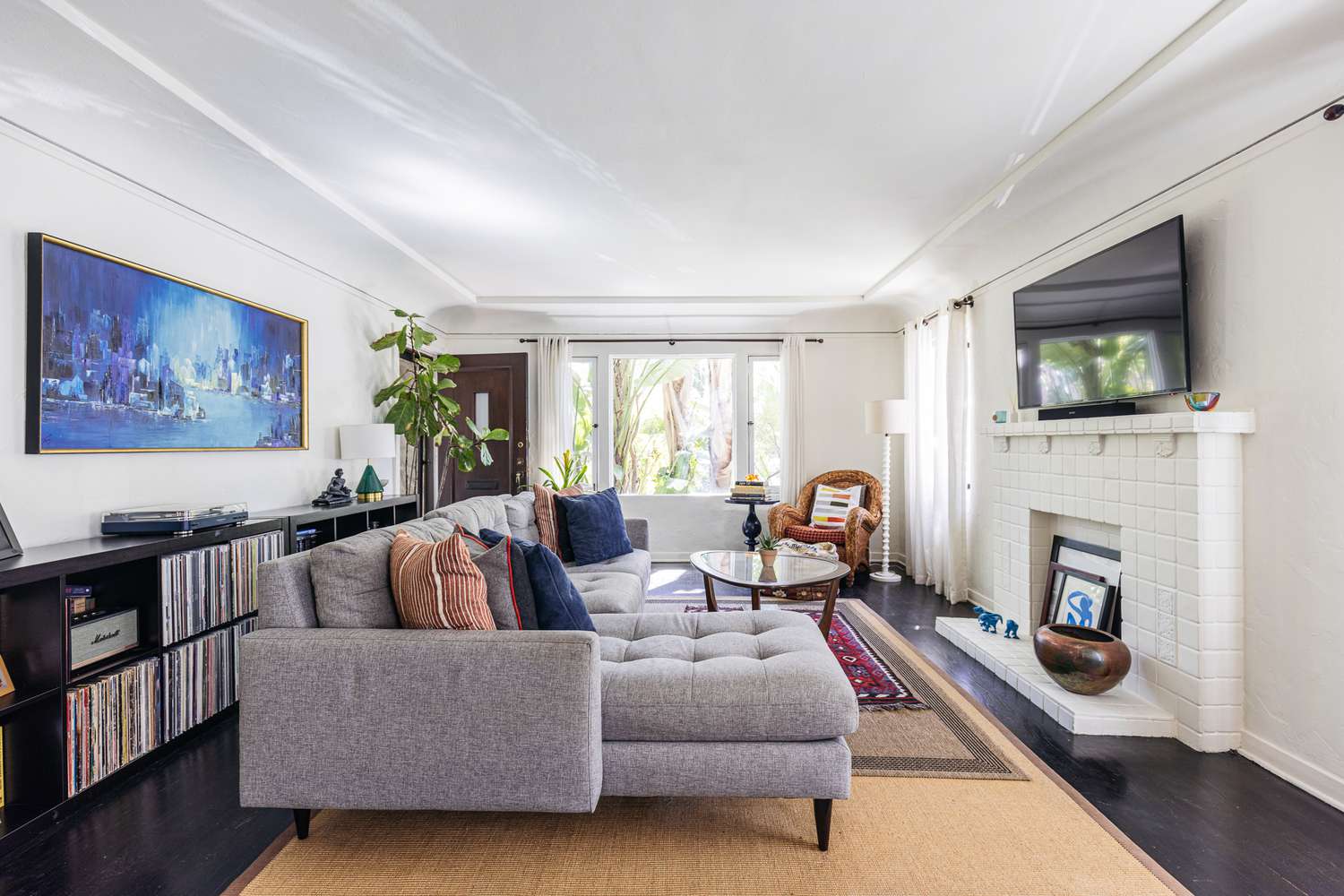
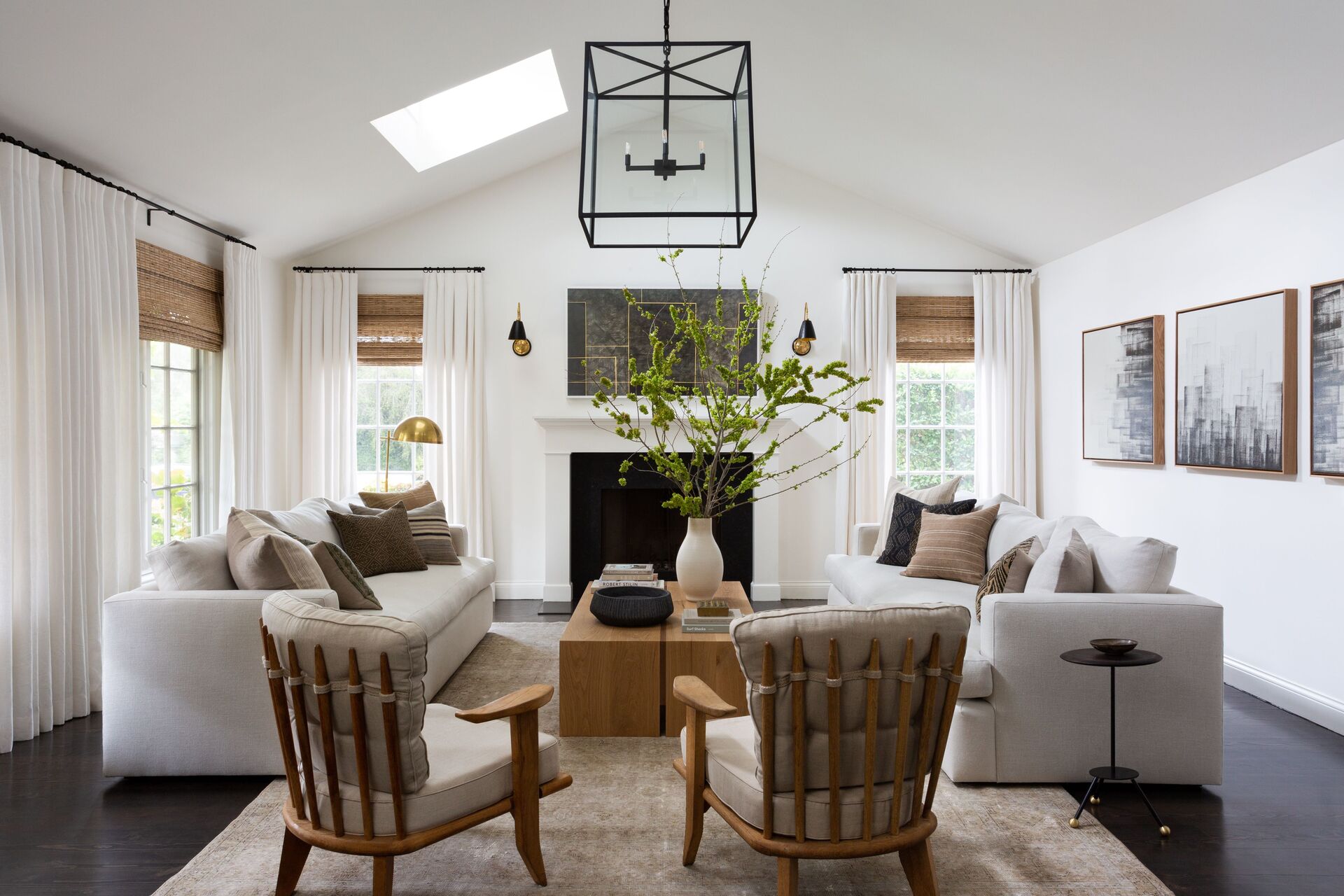
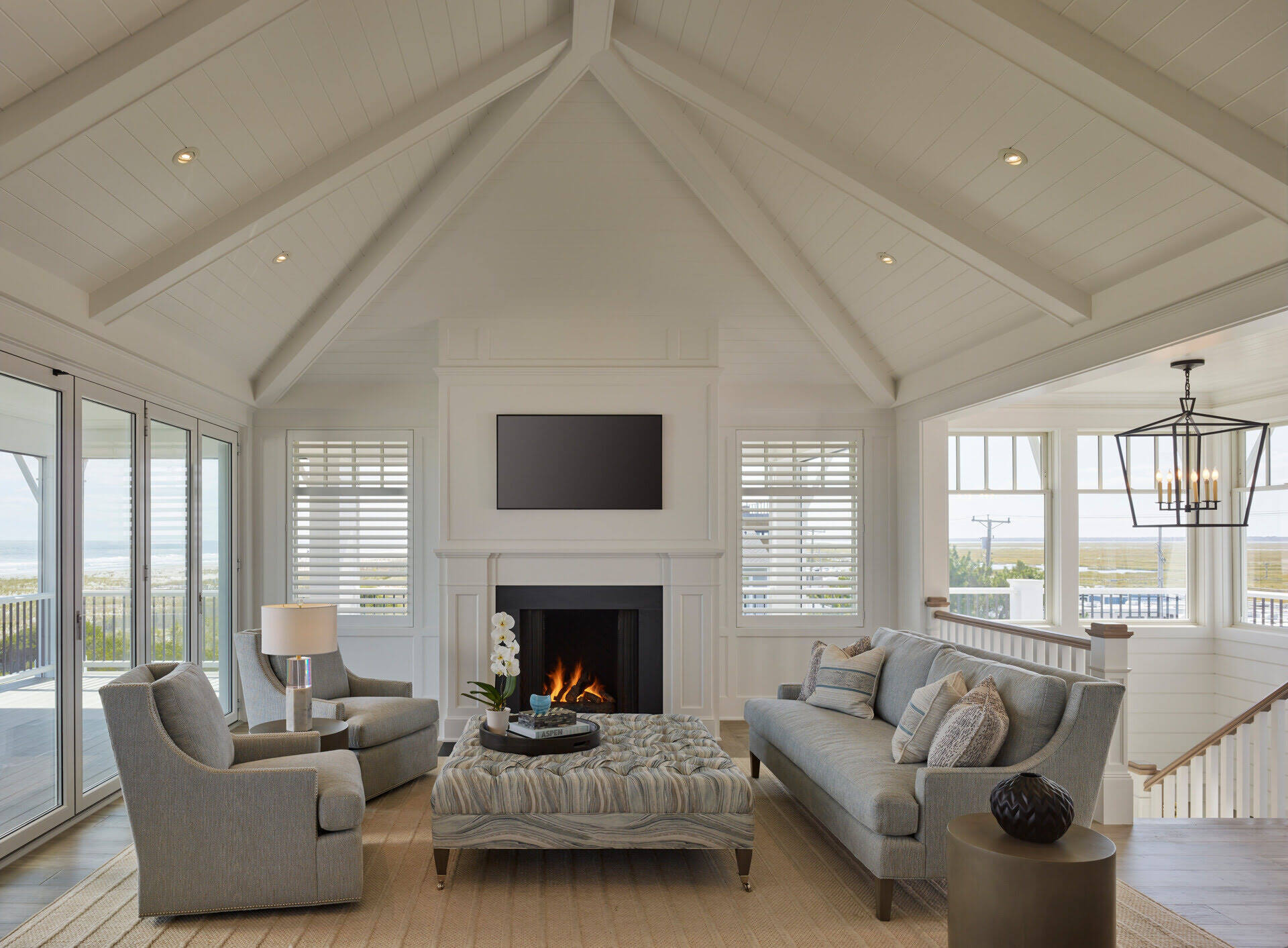
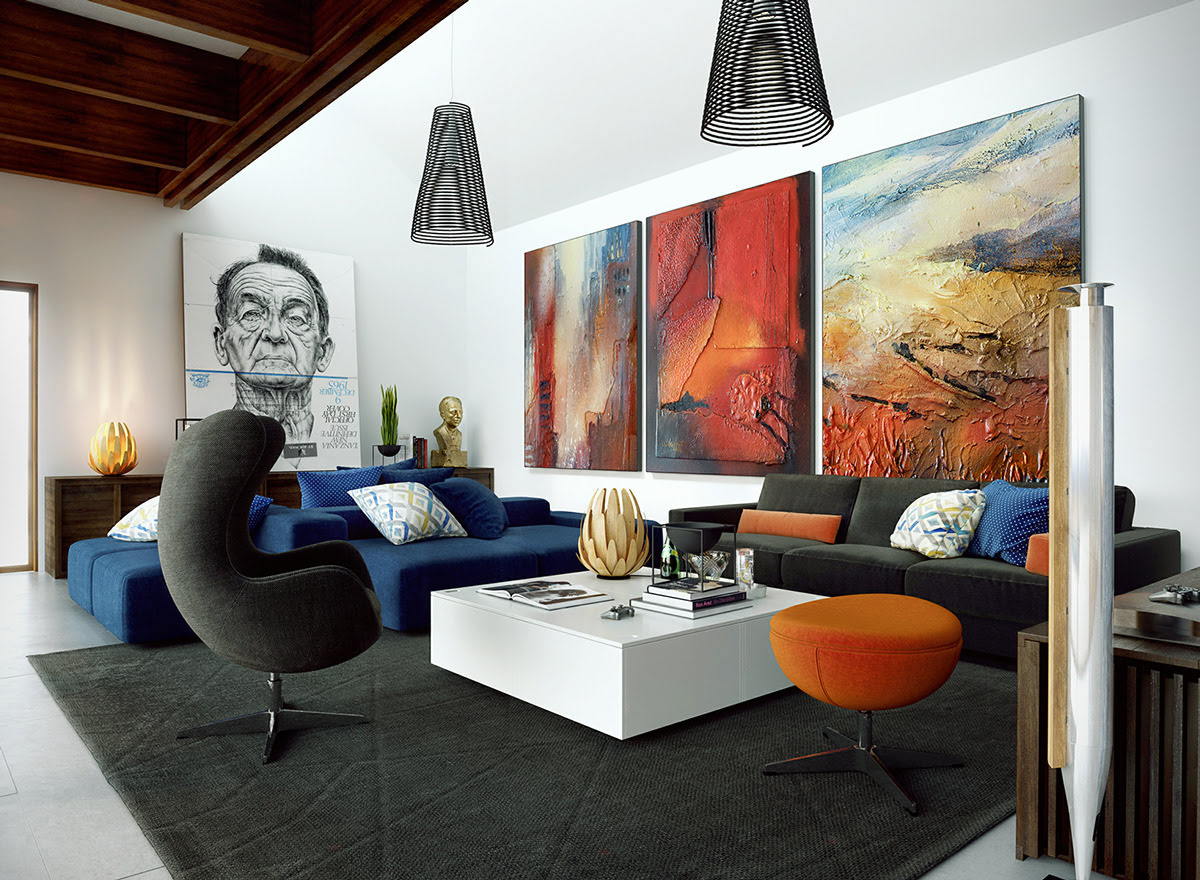

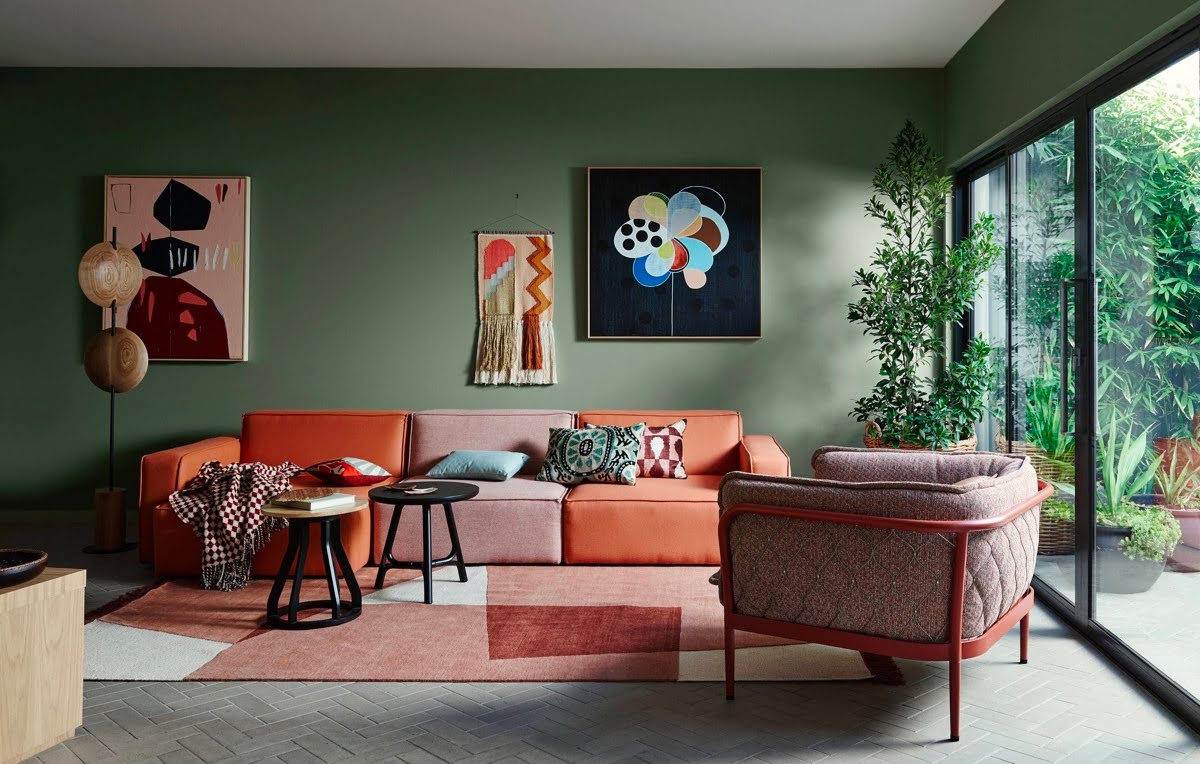
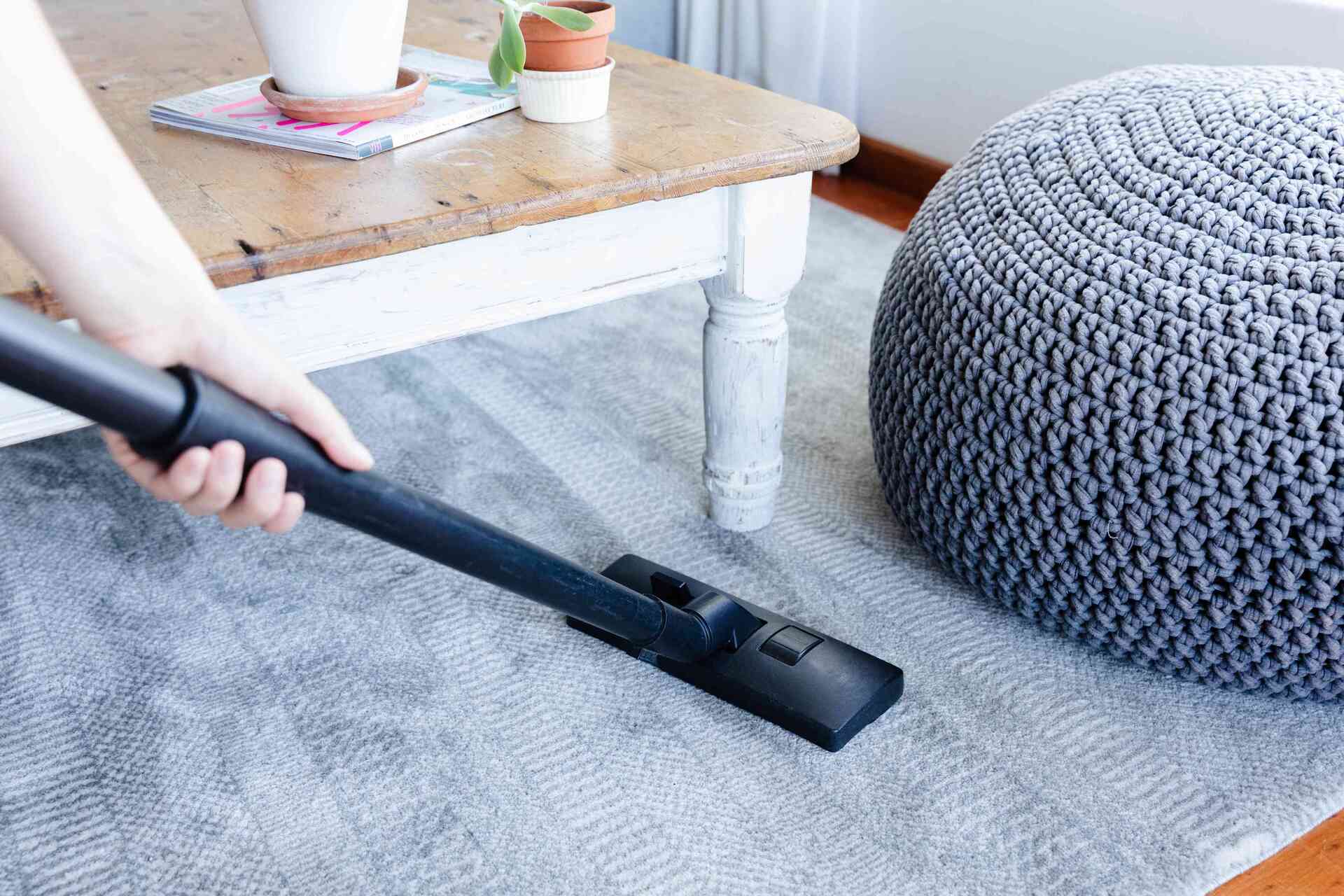
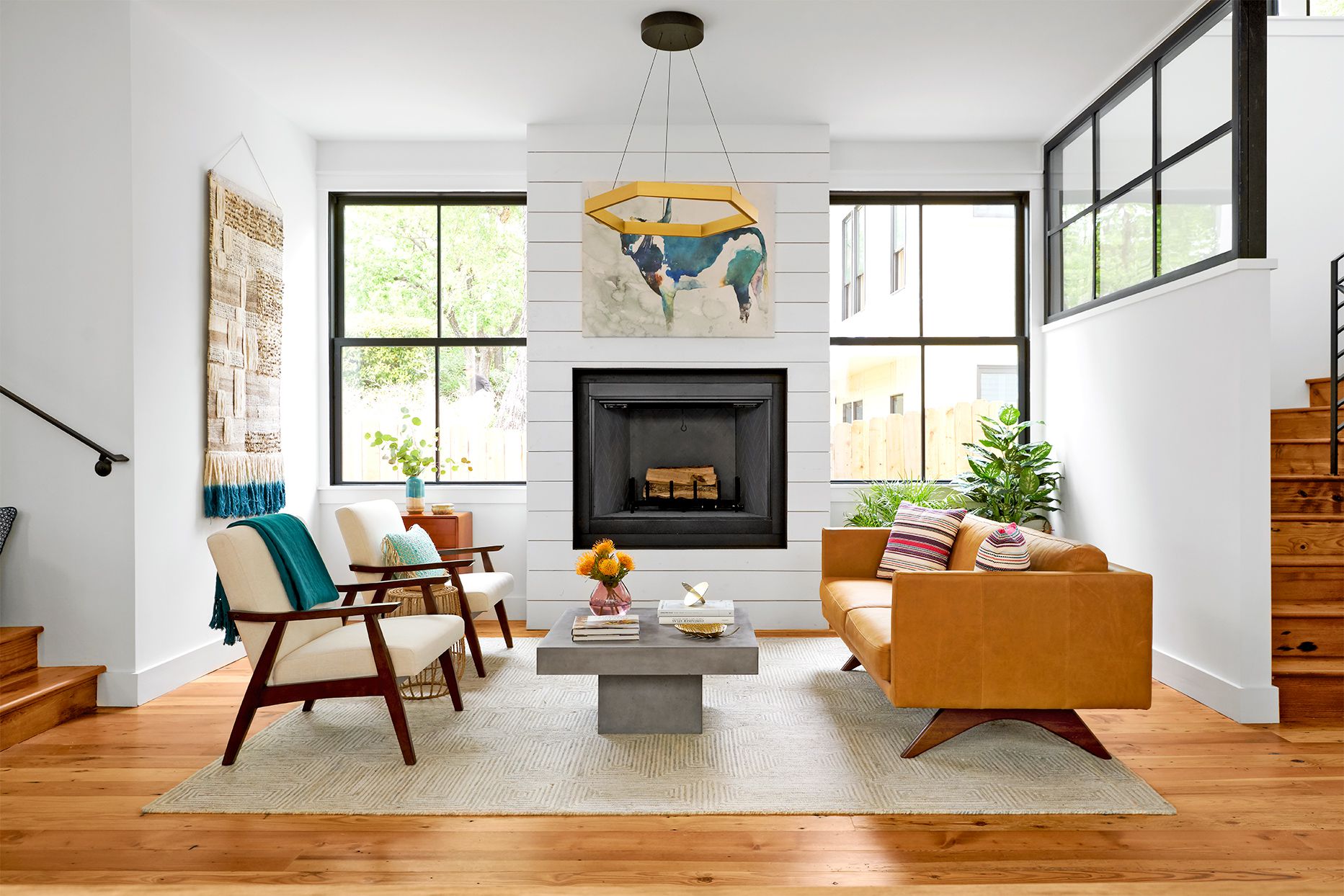
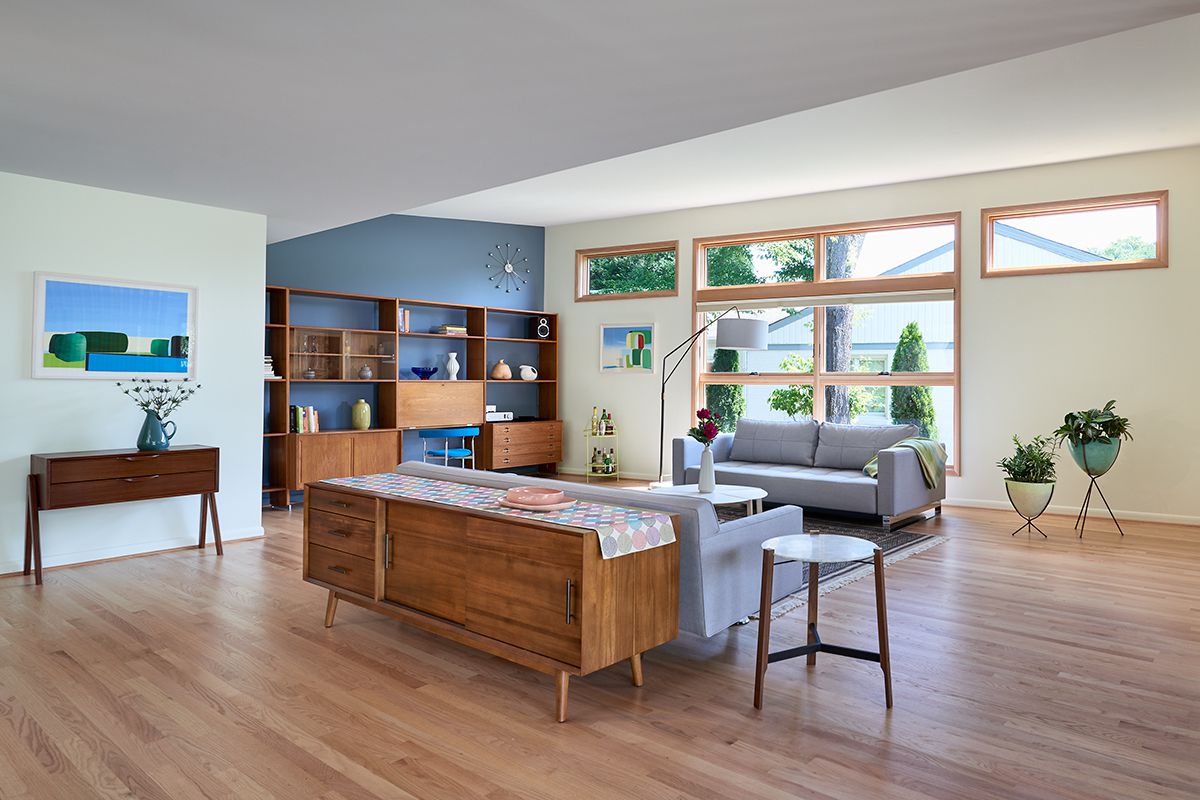
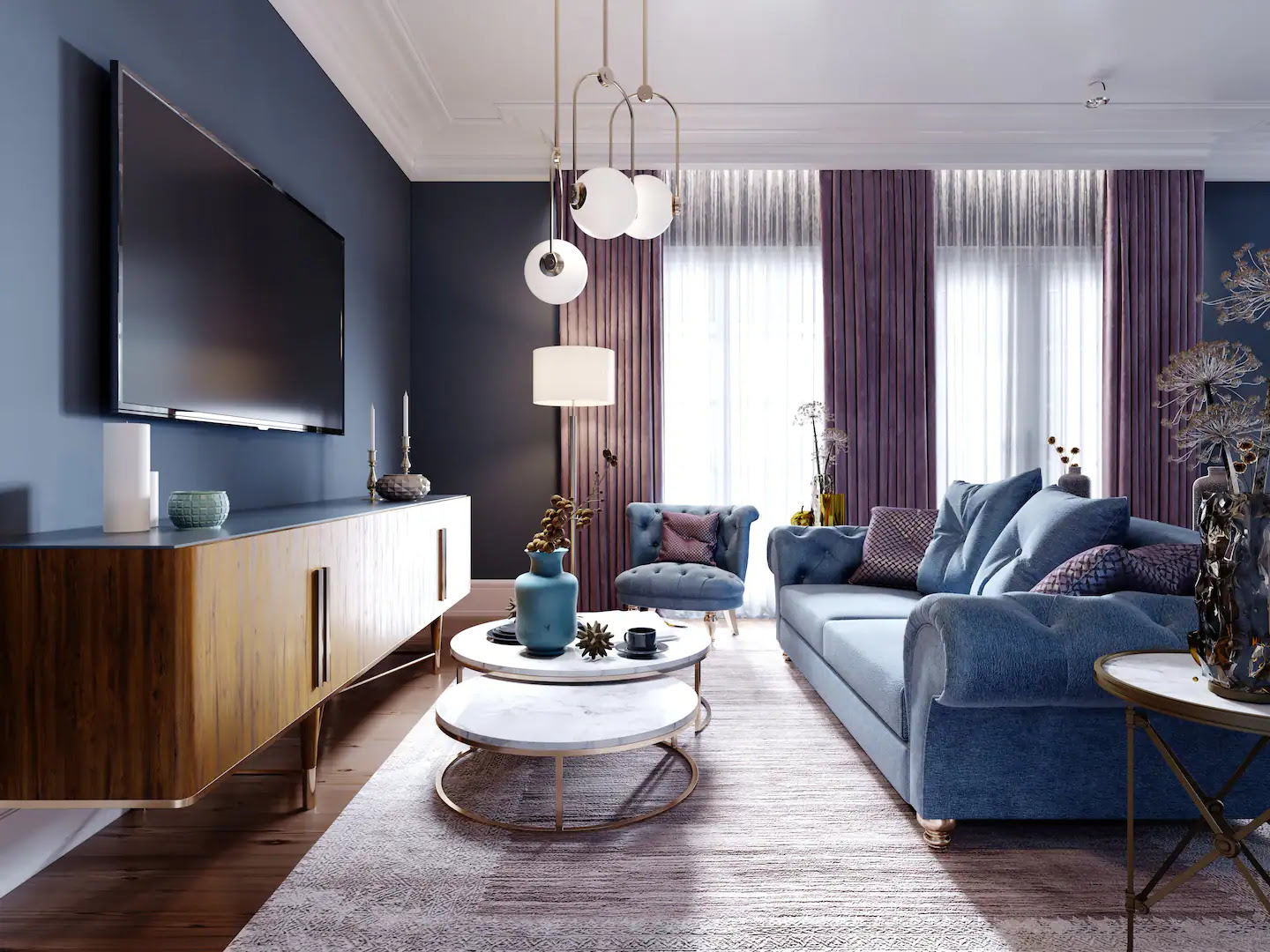

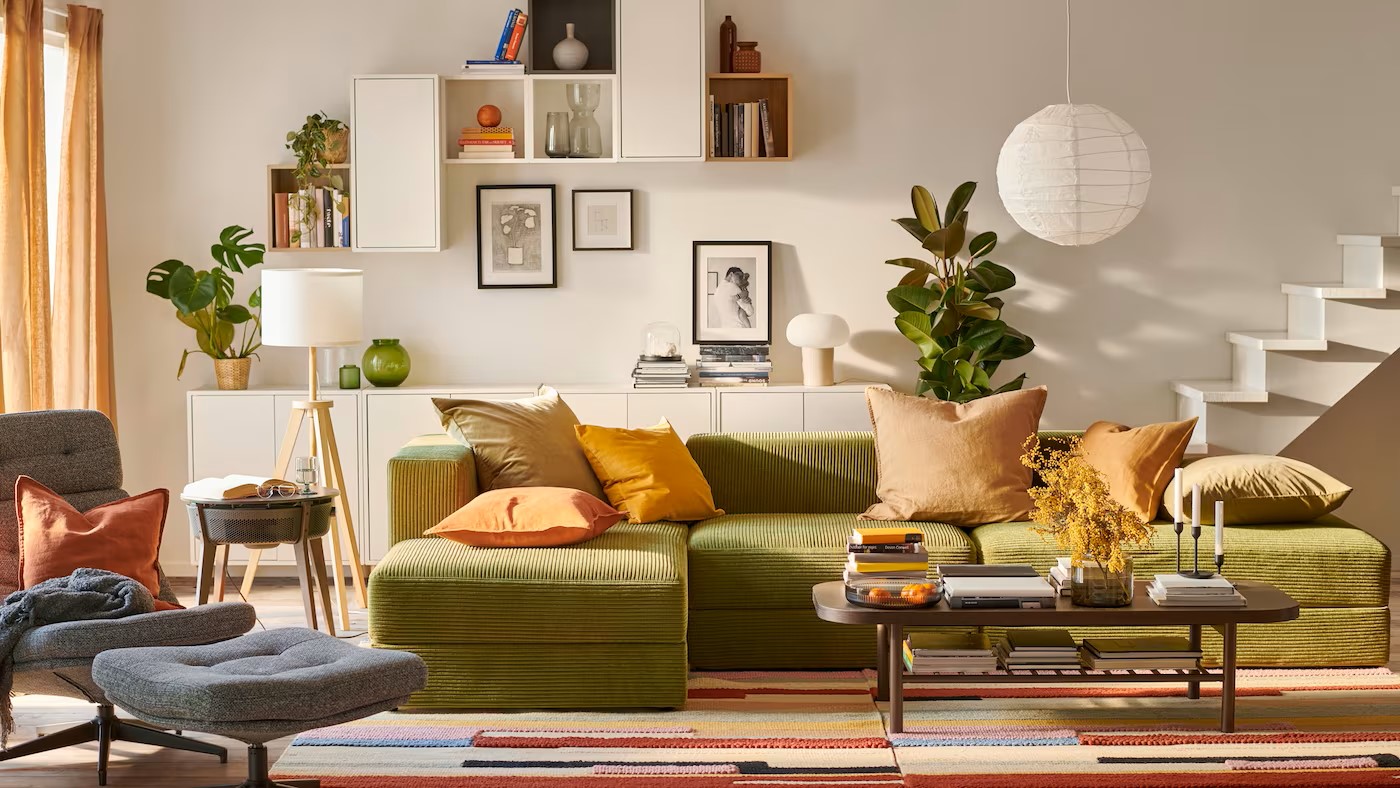

0 thoughts on “How To Furnish Large Living Room”